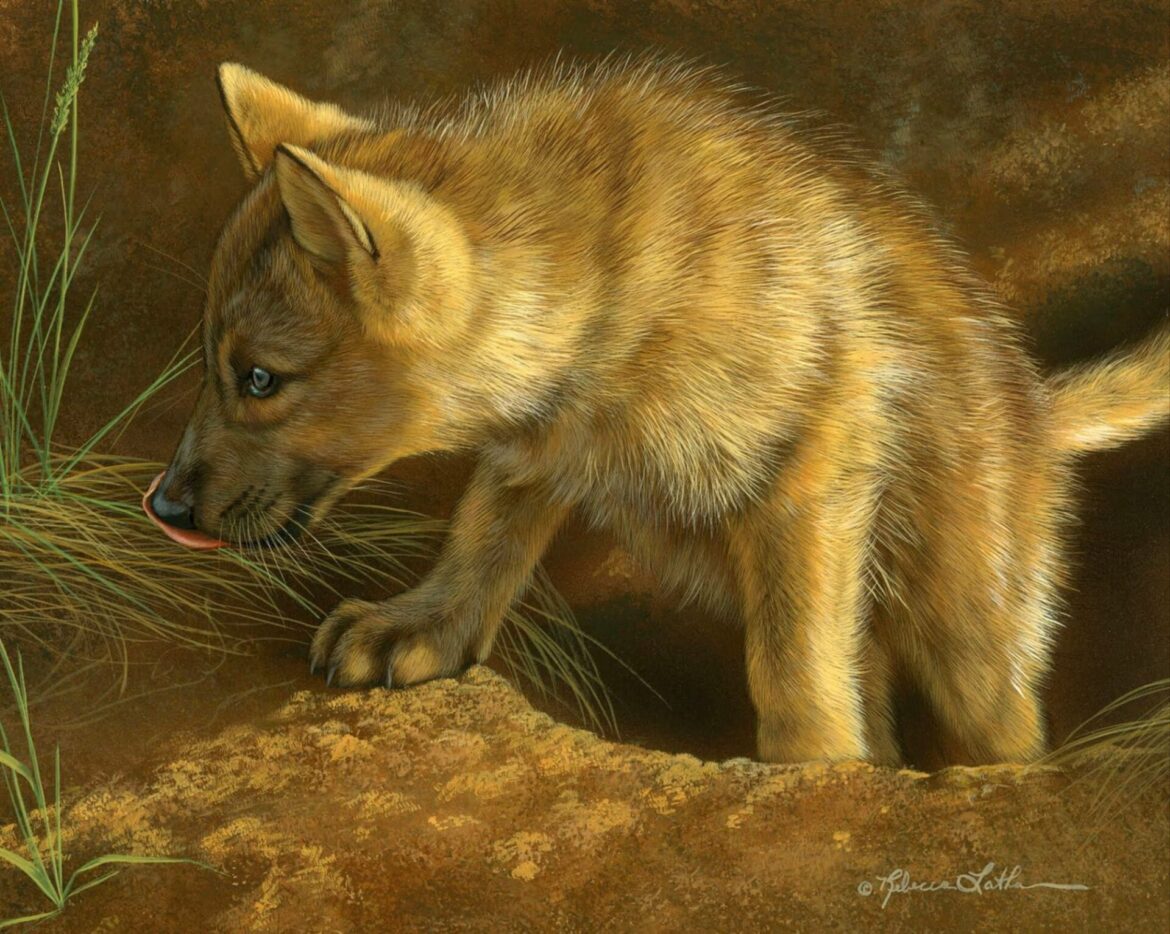Wildlife art is more than just painting an animal—it’s about capturing its presence, its movement, and the quiet energy it carries in the wild. Every creature has a story, and my goal as an artist is to translate that story onto canvas in a way that feels alive.
My process begins in the field. Observing wildlife in its natural habitat is essential—not just for accuracy, but for understanding. I spend hours watching, sketching, and absorbing the details that make each animal unique. The way a wolf holds its gaze, the subtle shift in a deer’s posture as it senses movement, the way light catches the feathers of a bird in flight—these moments are fleeting, but they hold the essence of the subject.
Back in the studio, I work to bring those observations to life. Every brushstroke is deliberate, every layer of paint carefully applied to build depth and realism. Working in watercolor, especially in miniature, presents its own challenges. The fluid nature of the medium requires precision, and each detail must be carefully considered.
Beyond technique, emotion plays a key role. A painting should evoke a feeling—whether it’s the quiet solitude of a fox in the snow or the intensity of a predator’s stare. My hope is that viewers don’t just see the animal, but feel its presence, as if they’ve stepped into its world.
A realist artist is also an illusionist, crafting a doorway for the viewer to step through. The goal is not only to represent nature but to transport the observer into the experience—to make them feel the chill of mist rising off a lake at dawn, the tension in the air as a predator stalks its prey, or the warmth of sunlight filtering through autumn leaves. The artistry lies in creating that immersive connection, where paint and paper dissolve, leaving only the raw, emotional truth of the moment.
Art has the power to connect people to nature, to remind them of its beauty and fragility. Through my work, I aim to create that connection—to bring the untamed world into focus, one brushstroke at a time.
